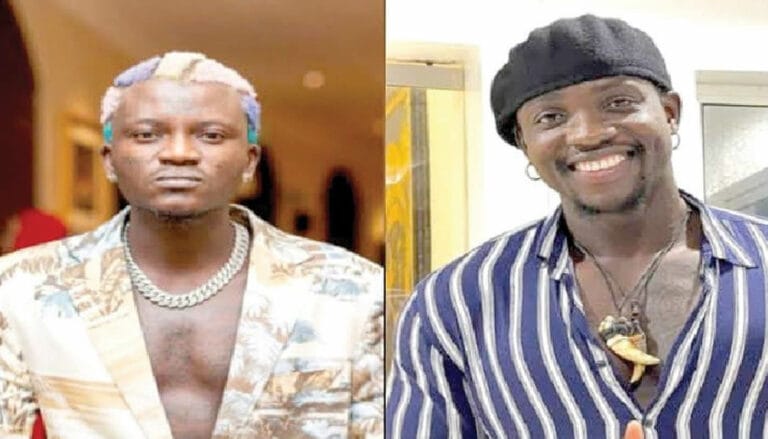Research By Damilola Adeleke
Over the past two decades, literary fiction has become a largely female pursuit. Novels are increasingly written by women and read by women. In 2004, about half the authors on the New York Times fiction best-seller list were women and about half men; this year, the list looks to be more than three-quarters women. According to multiple reports, women readers now account for about 80 percent of fiction sales.
I see the same pattern in the creative-writing program where I’ve taught for eight years. About 60 percent of our applications come from women, and some cohorts in our program are entirely female. When I was a graduate student in a similar program about 20 years ago, the cohorts were split fairly evenly by gender. As Eamon Dolan, a vice president and executive editor at Simon & Schuster, told me recently, “the young male novelist is a rare species.”
https://poftv.com/index.php/2024/12/26/the-disappearance-of-literary-men-should-worry-everyone/
Male underrepresentation is an uncomfortable topic in a literary world otherwise highly attuned to such imbalances. In 2022 the novelist Joyce Carol Oates wrote on Twitter that “a friend who is a literary agent told me that he cannot even get editors to read first novels by young white male writers, no matter how good.” The public response to Ms. Oates’s comment was swift and cutting — not entirely without reason, as the book world does remain overwhelmingly white. But the lack of concern about the fate of male writers was striking.
Discover more from DnewsInfo
Subscribe to get the latest posts sent to your email.





